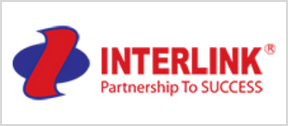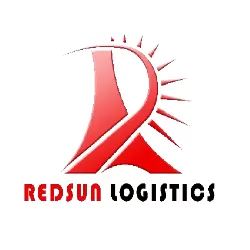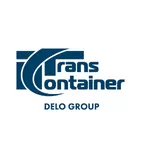Choosing a Warehouse Management System (WMS)
Not all Warehouse Management Systems (WMS) are created equal, and you must consider many variables when selecting one. The right WMS solution can streamline order fulfillment, increase inventory accuracy, enhance employee performance, and maximize equipment utilization. Above all, a WMS saves time and money while increasing customer satisfaction.

Eric Lamphier, senior director of product management for Manhattan Associates, offers these tips to help you select a WMS.
1. Know what you need.
Document, socialize, and refine your functional and technical requirements, priorities, plans, and integration needs. Before you meet with external parties, assign a weight to each group or bundle on your list to start constructing a decision-making framework.
2. Get others involved.
A WMS selection, implementation, and support lifecycle affects many people. There are facility, change management and training, transportation, IT/technology, supplier, customer, customer support, e-commerce, multi-site, and labor impacts. Include third-party experts if you need to.
3. Allocate time for integration.
A well-executed, multi-system integration is crucial. Fully documenting and testing the movement of data and workflows through enterprise business systems is important to achieving success.
4. Evaluate the technology and deployment.
The underlying system architecture, third-party software components, and deployment strategy are important variables. Ensure the solutions run on technologies that are aligned with your corporate IT guidelines, and that IT business partners approve the deployment plan.
5. Minimize customization.
From the onset, do everything possible to minimize customizations, especially to the system's core areas. Less customizations means less time, cost, and risk upfront, plus better support and easier upgrades in the long run.
6. Assess vendors.
Do your research and determine what the WMS vendors are focused on. Review their company histories, talk to their customers, and ask about future plans and roadmaps. Attend their customer conferences and analyze financials.
7. Consider usability and mobility.
Is the system easy to configure and personalize or does it require complex scripting or coding? Does it offer robust reporting, dashboards, intuitive user interfaces, and data visualizations? A first-rate WMS should also include mobile apps that allow management personnel to use it while on the move.
8. Plan for peaks and expansion.
Forecast your growth and volumes for the next several years and plan ahead. Make sure your new WMS can handle future sites, users, SKUs, channels, and order volumes.
9. Look for significant value additions.
Some WMS solutions offer functional capabilities such as labor management, supplier connectivity, and retail store management, which can help surface material benefits and ROI. Pre-integrated modules on a common platform can be implemented with less time and effort.
10. Think ahead.
Make sure the current WMS software has what you need when it comes to functional capabilities and technology that can excel into the future.
(Source: Inboundlogistics)














.webp)





.webp)

